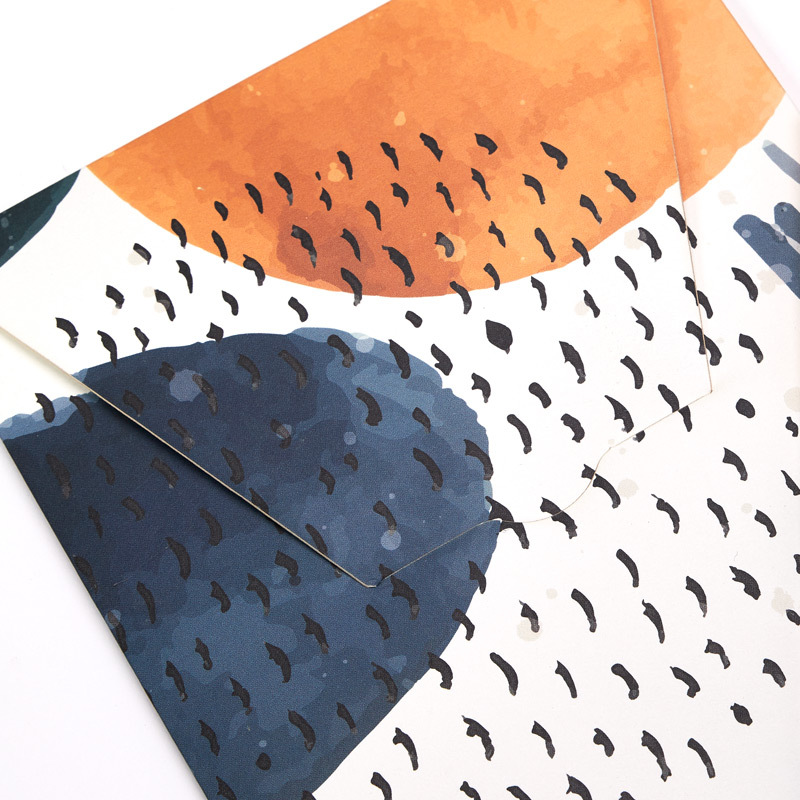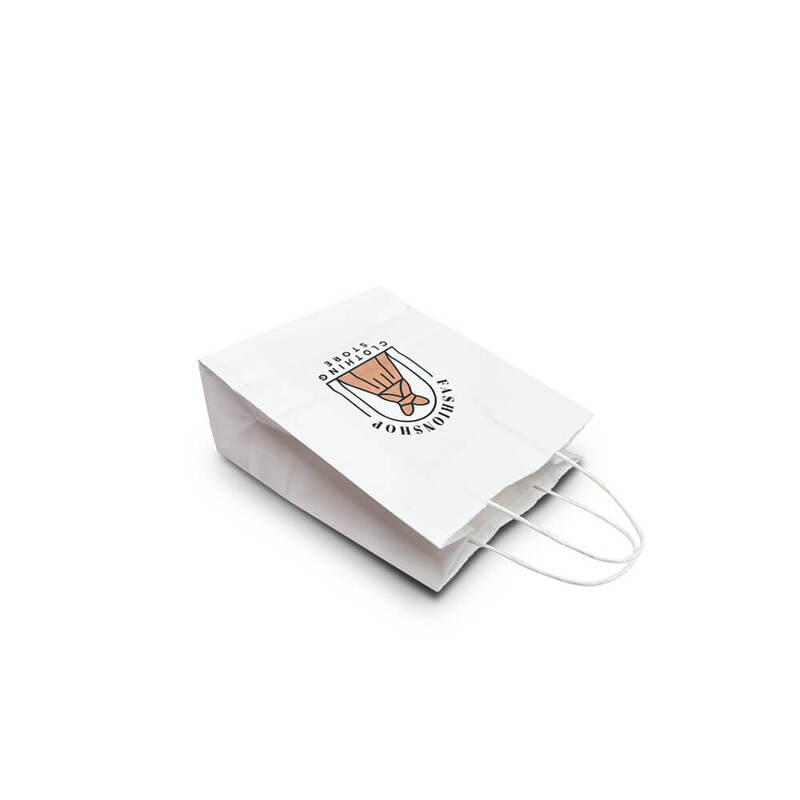Feb . 10, 2025 12:42
The utilization of backing boards is a fundamental aspect in various industries, encompassing anything from construction to artwork preservation. These versatile materials play an instrumental role in providing structural support and protection against environmental factors. To fully appreciate the utility and value of backing boards, one must delve into their practical applications, the expertise behind their manufacturing, and the benefits they offer.

A high-quality backing board is a critical component in the preservation and presentation of artwork. For art collectors and conservators, the primary goal is to protect valuable art pieces from damaging elements such as moisture, dust, and physical impact. Backing boards serve as a sturdy barrier that not only supports artworks within their frames but also safeguards them from potential decay over time. Conservationists prefer acid-free and lignin-free boards, which prevent acid migration and fiber breakdown, thereby extending the lifespan of cherished art pieces.
The construction industry also has a significant reliance on backing boards, particularly as essential elements in the building of both residential and commercial structures. Products such as gypsum backing boards are commonly used for their fire-resistant properties and ease of installation. They are designed to provide stability and enhance the longevity of walls, making them indispensable in creating durable building interiors. Moreover, the boards' moisture-resistant varieties are vital in areas like bathrooms and kitchens, where humidity levels are consistently high.

When it comes to packaging, backing boards are used extensively due to their robustness and versatility. In the realm of comic book preservation, for instance, collectors understand the importance of a reliable backing board to prevent bending and folding. The board's rigidity ensures that each comic remains flat and intact, thus safeguarding its condition and, by extension, its market value. Manufacturers focus on producing boards of varying thicknesses and coatings to cater to different levels of preservation needs.
For professional framers and hobbyists, selecting the right backing board is crucial for both aesthetic and protective purposes. Expert framers understand that each material—be it foam core, corrugated plastic, or mat board—has distinct properties that determine its suitability for a given application. Foam core, for example, is lightweight and ideal for mounting photographs or artwork when weight is a consideration. Corrugated plastic is preferred for projects requiring waterproof attributes, making it a popular choice for outdoor displays.
backing board
In the realm of mattress manufacturing, backing boards are employed in enhancing structural integrity and distribution of weight. Termed as the backbone of mattress construction, these boards aid in achieving the right level of firmness and support that users desire. Expertise in layering different materials allows manufacturers to create products that meet specific comfort and ergonomic requirements, thereby demonstrating the versatility and importance of backing board design and application.
Environmental considerations have also influenced the production and selection of backing boards. As industries move towards sustainable practices, eco-friendly materials such as recyclable plastics and sustainably sourced wood fibers are becoming prevalent. Manufacturers are increasingly focused on producing backing boards with minimized ecological impact, thus aligning with global efforts to reduce waste and promote environmental responsibility.
Finally, trust in a backing board is paramount, particularly when it forms the foundation of a product preserved for years. This trust is built on stringent quality controls and the expertise of manufacturers who consistently deliver products that meet or exceed industry standards.
Today’s consumers are savvy and informed, seeking products backed by proven reliability and expert craftsmanship.
In conclusion, the role of the backing board is multifaceted and indispensable across numerous sectors. Whether for protecting valuable artworks, constructing sturdy buildings, preserving collectibles, framing photographs, manufacturing mattresses, or promoting sustainability, the backing board stands as a testament to the evolution of materials science and the expertise that fashions it. As industries continue to innovate, the backing board remains a cornerstone, crucial not only in preserving the past and supporting the present but also in building a sustainable future.





